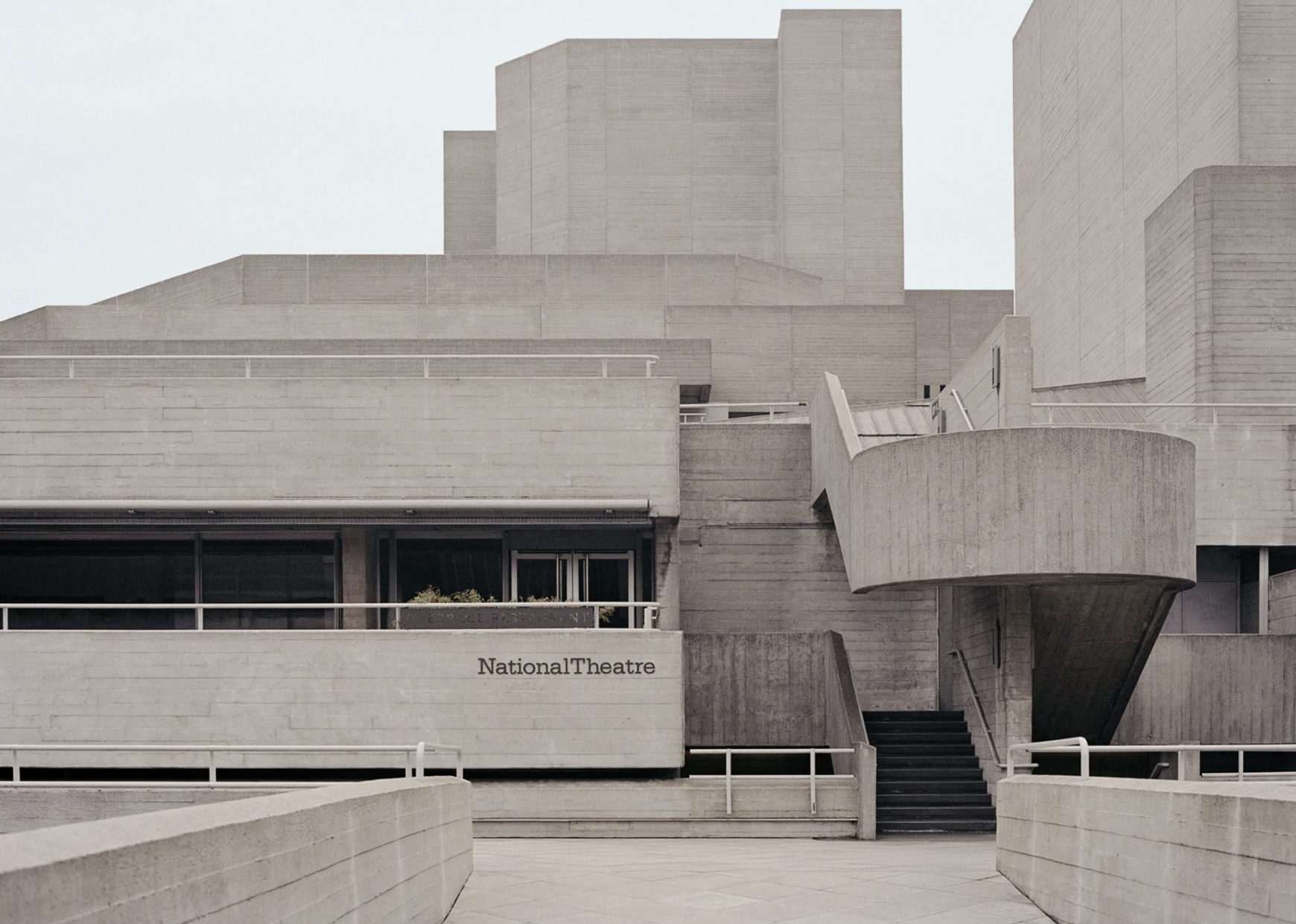
Celebrating Along The Thames
Celebrating Along The Thames
Discover London Theater Space
Instructor: Lara Belkind
Media: Research Article
London 2023
This work explores the architectural and cultural significance of two iconic structures along London’s South Bank: the Royal Festival Hall and the National Theatre. These buildings, constructed in the post-World War II era, symbolize a new artistic and cultural renaissance, marking the South Bank as an artistic haven distinct from the financial and political north bank of the Thames.
The analysis begins with the Royal Festival Hall, built for the 1951 Festival of Britain, representing modernist architecture with its sleek, light-filled design. In contrast, the National Theatre, completed in 1976, showcases Brutalist architecture with raw concrete surfaces and bold geometric shapes, designed by Denys Lasdun. The architectural languages of these buildings reflect their distinct purposes: the Festival Hall as a music venue and the National Theatre as a space for dramatic performance.
A central theme is the examination of the theatrical spaces within these structures. The Royal Festival Hall’s stage fosters a seamless integration between audience and performers, emphasizing acoustics, while the National Theatre, particularly the Olivier Theatre, emphasizes the visual and spatial separation between actors and audience.
The work concludes by emphasizing the enduring cultural importance of these buildings. Despite changing public interest in the arts, the Royal Festival Hall and the National Theatre remain monuments to the optimism and creative energy that characterized London’s recovery. Together, they celebrate art and performance along the Thames, standing as symbols of post-war artistic revival.
